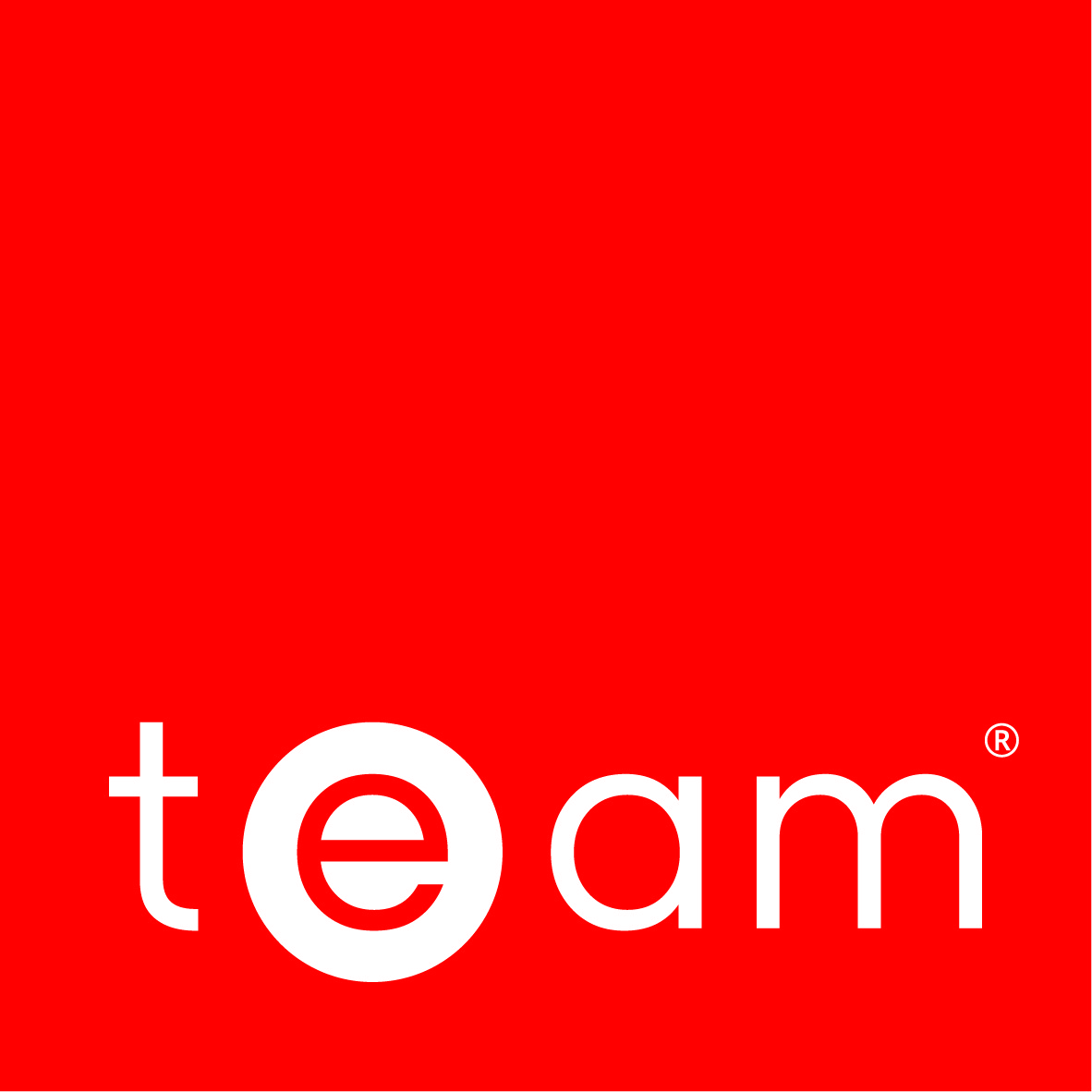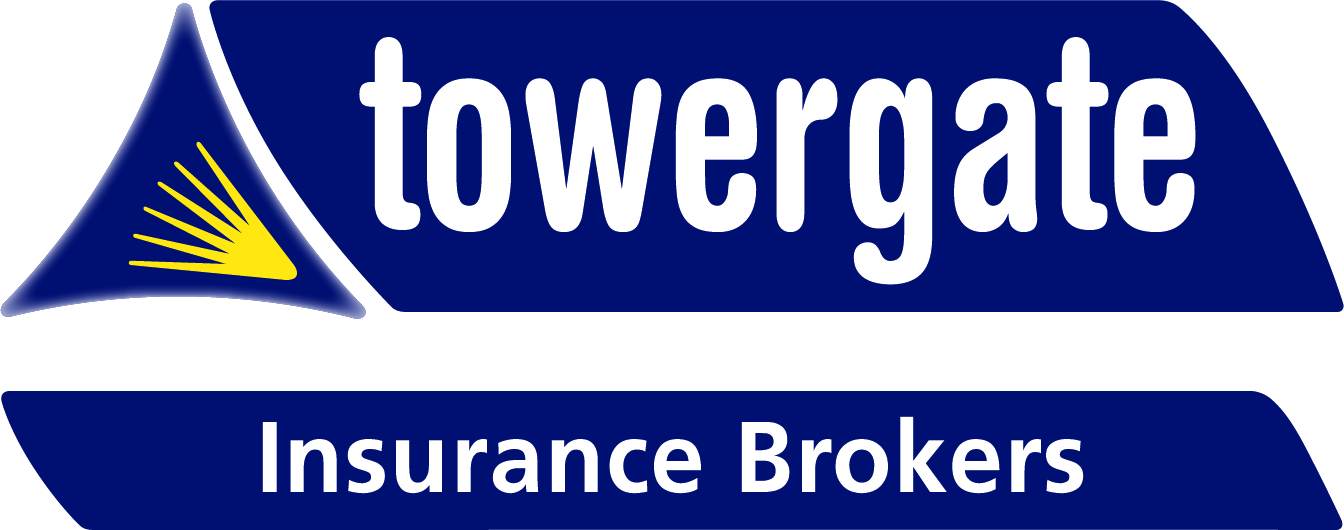


How a carbon reduction plan can make your organisation procurement ready
As organisations transition to carbon neutrality and net zero, the expectations for their suppliers to follow suit is increasing. For suppliers to the public sector, this is no longer an expectation but a requirement.
Under the PPN 06/21, suppliers must have a formal plan to reduce their business emissions if they want to provide goods or services to the public sector, including the NHS.
Natalia Block, Analytics Consultant at TEAM, explains the importance of a Carbon Reduction Plan (CRP) and how it can support a business’ approach to procurement.
What is the Procurement Policy Note 06/21?
PPN 06/21 mandates that suppliers with central government contracts exceeding £5 million, as well as all NHS contracts, must have a strategy in place to reduce their business emissions and overall environmental impact.
Based on the contract value, suppliers with high-value contracts must produce a comprehensive carbon reduction plan, while lower-value contracts can submit a Net Zero Commitment.
The introduction of the PPN 06/21 represents a shift in how procurement contracts in the public sector are appointed. Organisations in the supply chain will be required to show consistent progress in reducing their carbon emissions, rather than simply having good intentions.
Why is a carbon reduction plan important?
An organisation’s supply chain can account for up to 90% of its total carbon emissions. Therefore, suppliers can play a vital role in a business’ carbon reduction and whether it achieves its net zero goals.
Certain emissions, such as those directly produced by the assets of a business (Scopes 1 and 2), are within a company’s control to manage and reduce. However, emissions in a business’ supply chain (scope 3) are harder to manage and reduce. Asking suppliers to create a CRP and commit to more sustainable practices, can support an organisation’s own plans to reduce its emissions.
The aim of a CRP is not to replace existing sustainability reporting within a business but to demonstrate that it is committed to reducing the impact it has on the planet and how it intends to achieve the goals it has set out.
Getting supply chain ready
The NHS is aiming to become a net zero health service, with the target to reach net zero for the emissions it can control by 2040 and the emissions outside of its influence, such as suppliers, by 2045.
NHS contracts are valued at over £6 billion a year, and organisations that provide these goods and services will be expected to produce a CRP to support the institute in its own transition to net zero.
Suppliers to the NHS are required to:
- Make a formal commitment to achieving net zero by 2050 or earlier
- Publish a link to their carbon reduction plan publicly on their website using a PPN 06/21 template as a minimum
- Monitor and record their scope 1, 2 and certain categories for scope 3
- Outline the steps they have planned to take to reduce their carbon emissions
These expectations do not just come from the public sector, organisations should be mindful that increasingly more customers in the public and private sector may need them to provide their decarbonisation plans for successful procurement. If a carbon reduction plan is not in place, businesses risk losing out on potential or recurring contracts. By having a CRP, businesses are able to stay ahead of industry changes and the evolving expectations of heir customers.
Creating systemic change
The PPN 06/21 marks a key change in procurement, driven by the UK Government’s target to be net zero by 2050, it uses supply chains to leverage positive change in decarbonisation.
Shifting the way contracts are appointed and prioritising sustainability in business creates a ripple effect that trickles down supply chains to their customers, making reporting and reducing emissions easier for all businesses.









